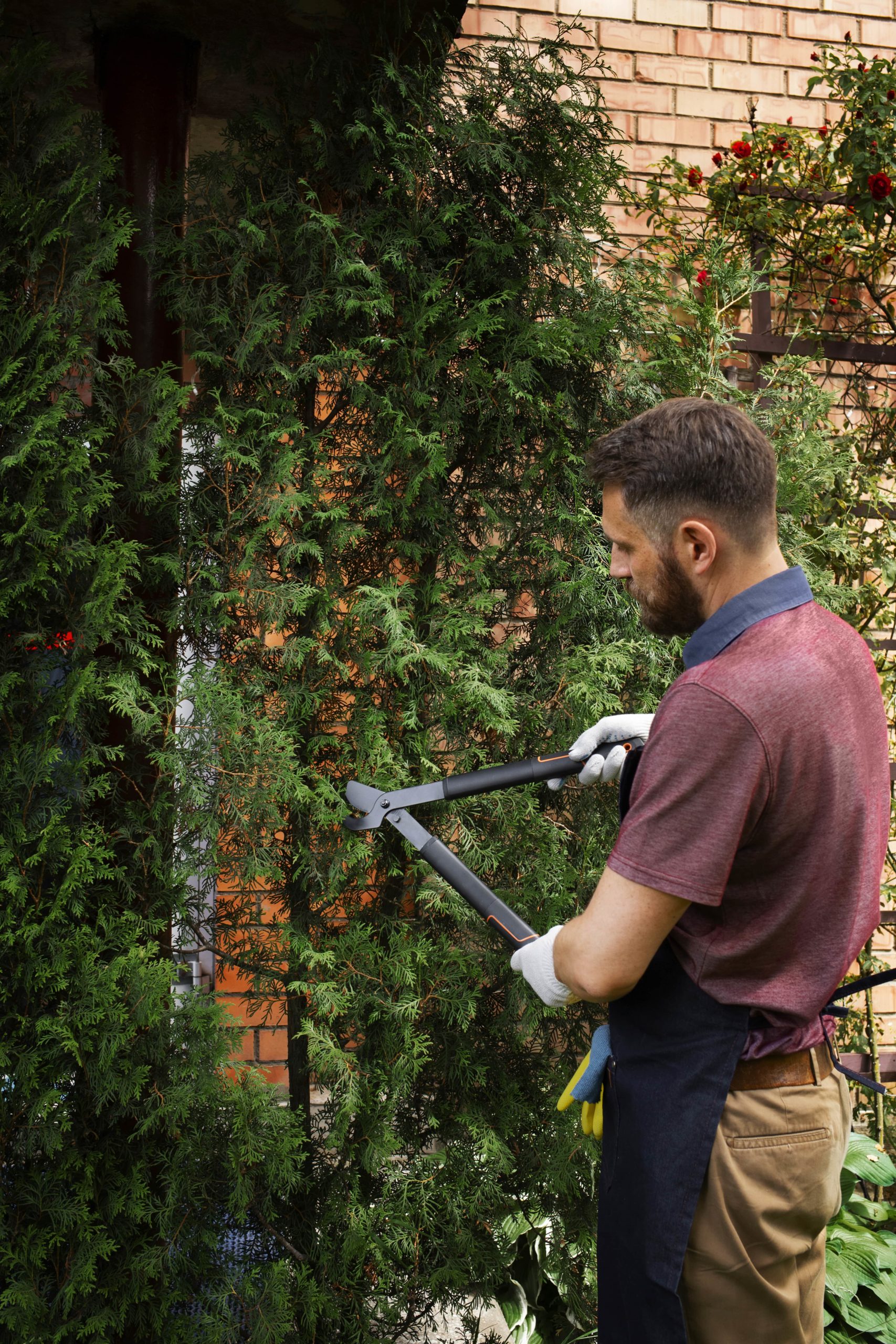Trees are an essential part of any landscape, providing shade, beauty, and a sense of tranquility. However, they require regular maintenance to keep them healthy and looking their best. One important aspect of tree maintenance is trimming. Trimming a tree involves removing dead or overgrown branches to promote growth, maintain shape, and prevent potential hazards. In this blog post, we will discuss the process of trimming trees and provide tips for different tree types. So, let’s dive in!
How Much to Trim a Tree
The cost of trimming a tree can vary depending on various factors such as the tree’s size, location, condition, and the complexity of the job. Hiring a professional tree trimming service ensures the job is done safely and effectively. At Affordable Paradise Lawn & Landscaping Services LLC, we offer competitive prices for our tree trimming services, tailored to meet your specific needs. Contact us for a personalized quote that suits your budget.
How Much Does it Cost to Trim a Tree?
When it comes to tree trimming, one common concern is the cost involved. The price of trimming a tree can vary depending on several factors. These include the tree’s size, location, condition, and the complexity of the job. To determine the exact cost, it is best to consult with a professional tree trimming service like Affordable Paradise Lawn & Landscaping Services LLC. They can provide you with a personalized quote that fits your budget and meets your specific needs.

Factors Affecting Tree Trimming Costs:
- Size: Larger trees typically require more time and effort to trim, resulting in higher costs compared to smaller trees.
- Location: If the tree is located in a hard-to-reach area or near structures, the trimming process may be more challenging, affecting the overall cost.
- Condition: Trees that are diseased, damaged, or have extensive overgrowth may require additional work, leading to increased trimming costs.
- Complexity: The complexity of the tree’s structure and the number of branches to be trimmed can impact the cost. Trees with intricate branching patterns may require more meticulous trimming, affecting the overall price.
Getting the Best Value for Your Money:
While cost is an important consideration, it is crucial to prioritize the quality and expertise of the tree trimming service. Hiring a professional ensures the job is done safely and effectively, preventing any potential damage to the tree or surrounding areas. It is also worth noting that attempting to trim a tree yourself without proper knowledge and equipment can lead to accidents and further expenses.
How to Trim a Hibiscus Tree in Florida
Hibiscus trees are popular in Florida due to their vibrant blooms and lush foliage. Trimming hibiscus trees is crucial to maintain their shape and encourage healthy growth. To trim a hibiscus tree, start by removing any dead, damaged, or crossing branches. It’s important to use clean and sharp pruning tools to make clean cuts. Additionally, avoid pruning during the blooming season to allow the tree to fully flower. Remember to maintain a balanced and aesthetically pleasing shape while trimming.
When Is the Best Time to Trim Trees
Timing is crucial when it comes to tree trimming. Generally, it’s best to trim trees during their dormant season, which is usually in late winter or early spring. Trimming during this time allows the tree to heal before new growth begins in the spring. However, certain tree species may have specific pruning requirements, so it’s always advisable to research the particular tree type or consult with a professional arborist.
How to Trim a Bonsai Tree
Bonsai trees are miniature versions of full-sized trees and require specific pruning techniques to maintain their delicate beauty. When trimming a bonsai tree, start by removing any dead or unhealthy branches. Use small, sharp pruning shears to make precise cuts. It’s important to maintain the desired shape of the bonsai by selectively trimming branches and foliage. Regular pruning and shaping will help the bonsai tree maintain its artistic form.
How to Trim a Money Tree
Money trees, also known as Pachira aquatica, are popular houseplants with thick, braided trunks and shiny leaves. To trim a money tree, first, inspect the plant for any dead or yellowing leaves and remove them. Additionally, if the tree becomes too tall or lanky, you can trim the top to promote branching and create a more compact shape. Prune selectively, avoiding excessive cutting, as this can affect the tree’s overall health.
How to Properly Trim a Tree
Proper tree trimming is essential to ensure the tree’s health and longevity. Start by identifying any dead, damaged, or diseased branches and remove them using clean pruning tools. Next, selectively thin out crowded areas to allow better air circulation and sunlight penetration. It’s important to avoid trimming more than 25% of the tree’s foliage to prevent stress. Lastly, make cuts just outside the branch collar, without leaving stubs, to facilitate proper healing.
How to Trim Trees and Bushes
Trimming trees and bushes enhances the appearance of your landscape and promotes healthy growth. When trimming trees and bushes, start by removing any dead or diseased branches. To maintain the desired shape, selectively prune branches that are growing in the wrong direction or crossing each other. Remember to step back occasionally to assess the overall shape and symmetry. Regular trimming
